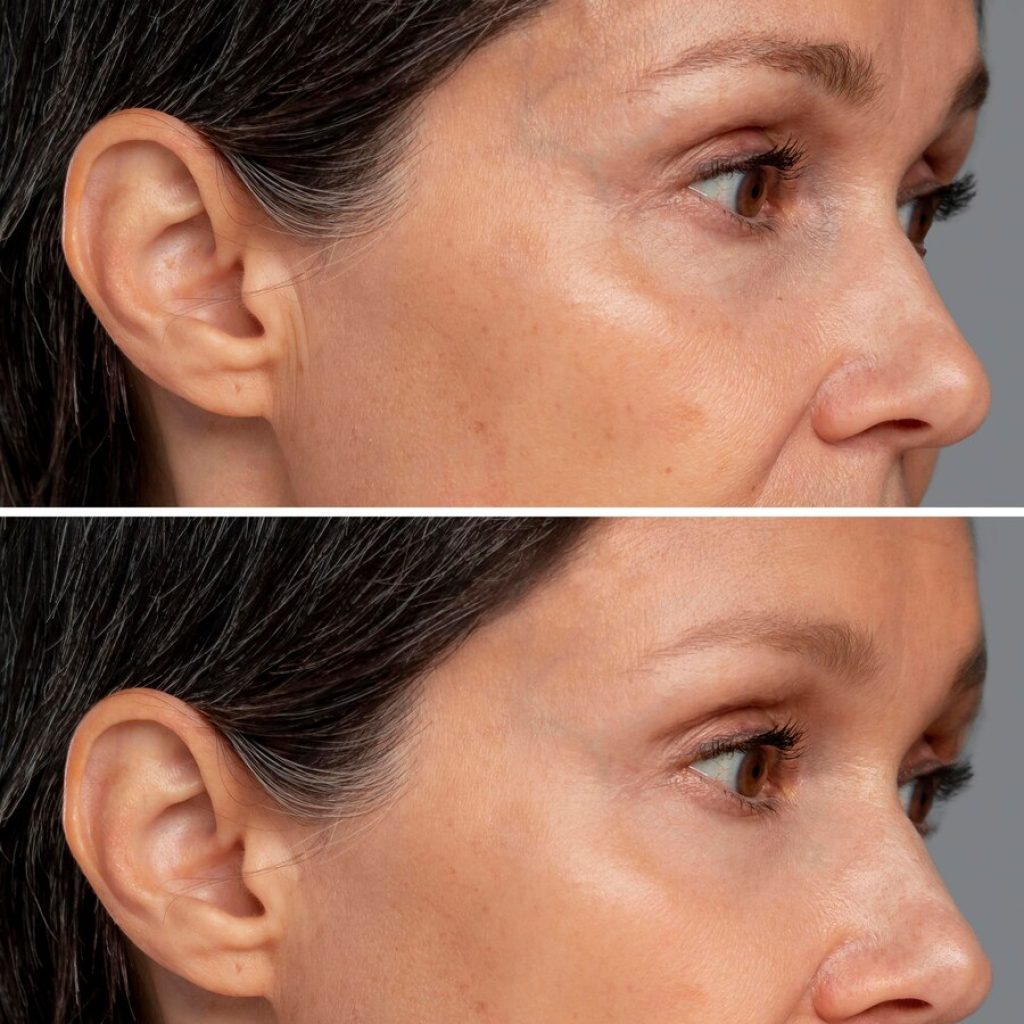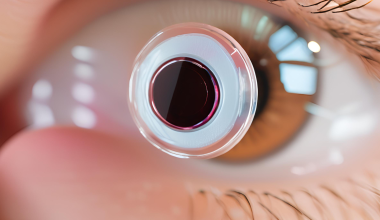Retinol has long been a staple of acne care, but its unique ability to seemingly turn back the clock on skin aging has made it famous.
Like a magic eraser, you can watch texture, pores, acne, fine lines, and pigmentation disappear. Though aging is a natural and beautiful part of life, seeing wrinkles set up camp on your forehead is enough to have one wondering where all the years went.
Humankind has long searched for the fountain of youth, and while retinol may not keep you alive longer, it will keep your skin looking younger and perkier. The earlier you start using retinol, the less your skin will appear to age, allowing you to hold onto a youthful glow.

Retinol vs Retinoid
Sometimes these terms are used interchangeably, but in fact, retinol and retinoids are two different products.
Retinol is a vitamin A derivative that is available over the counter and is generally aimed at cosmetic use. Other forms of retinol (weakest) are retinyl and retinal (strongest).
Retinoids are the umbrella category retinol belongs to. This family of products includes its natural and synthetic derivatives.
Retinoids tend to have a stronger effect and are usually prescription medications. The strength tends to cause more irritation and is not beneficial for everyday cosmetic use.
Signs of irritation include dryness, redness, a burning sensation, and/or increased sensitivity.
Andrei Metelitsa is president of the Alberta Society of Dermatologists and often prescribes retinoids to his acne patients. “We know that most of this irritation happens in the first two weeks. So that is the most important time period for a person to get accustomed to the treatment,” he said.
They are available in topical and oral forms, though topical creams are by far the more popular choice.
Starting Your Retinol Journey
Metelitsa tells his patients to start slowly, using only a pea-sized amount to cover the entire face. He recommends using retinol only twice the first week and three times the second week. From there, he says you can slowly increase applications as tolerated.

Don’t rush the process, you can use retinol for the rest of your life if done properly. Over-applying at the start only serves to damage the skin you’re working to preserve.
Retinol is effective in reversing signs of aging, but dermatologists are recognizing its potential in preventing skin aging. Though you can begin to use retinol at any age, starting in your 20s can push back initial signs of aging for years.
And now we’ve come to the great debate of retinol usage: do I apply it before or after moisturizer? Metelitsa said, “I always recommend putting the active ingredient first, in this case, retinol or retinoid, and then immediately after to follow it with a nice, elegant facial moisturizer.”
Apply retinol in the evening as it can react when exposed to the sun and can cause increased sun sensitivity. Always use sunscreen while on retinol to avoid burns.
Picking a Retinol
While common sense would dictate that the percentage of retinol in a cream (0.25, 0.5, 1) would tell you the strength of the product, Metelitsa revealed that’s not always the case.
The actual strength of the product, he said, is determined by the type of retinol and the other added ingredients. Products with better moisturizers tend to be more easily tolerated.

Metelitsa’s Recommendation – AlphaRet
New to Canada, AlphaRet has circulated throughout the US for years with amazing results. A more expensive product, it costs $190.
“In essence, it gives you the elegance and moisturization of over-the-counter cosmetic retinol, but yet its effectiveness is nearly on par to the prescription retinoid… it’s as well tolerated as some of the cosmetic brands and as effective as some of the more prescription-based agents,” Metelitsa said.
Ingredients to Avoid Using With Retinol
Some ingredients don’t react well with retinol and should not be mixed. These include:
- Vitamin C
- AHAs
- BHAs
Fixing Problems and Anti-Aging Alternatives
Even with a slow introduction, sometimes your skin decides it simply won’t tolerate retinol. You can try stopping use for a bit and treating your skin as needed, then very slowly reintroduce the product once healed.
Otherwise, Metelitsa says that you can try a less irritating product. It might take some trial and error to find the right formulation for your skin.
There are effective substitutes, though, that can still preserve that youthful appearance with less irritation. Vitamin C is an antioxidant that is routinely recommended as an alternative, Metelitsa shared.
Vitamin C protects the skin from environmental pollutants which can cause skin to age. While it essentially cancels out retinol, it can be used on its own to provide anti-aging effects.
Metelitsa recommends Vivier and SkinCeuticals for sophisticated and well formulated topical alternatives.
Other options include:
- Glycolic acid
- Salisylic acid
- Peptides
- Other antioxidants
Holding onto youthful skin or turning back the clock on signs of aging has never been easier. When properly used, it’s likely the only anti-aging product you’ll need. Experiment with brands and find your perfect product.
The information provided on TheHealthInsider.ca is for educational purposes only and does not substitute for professional medical advice. TheHealthInsider.ca advises consulting a medical professional or healthcare provider when seeking medical advice, diagnoses, or treatment.










